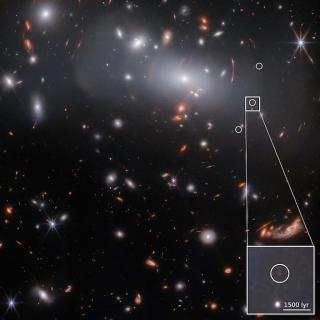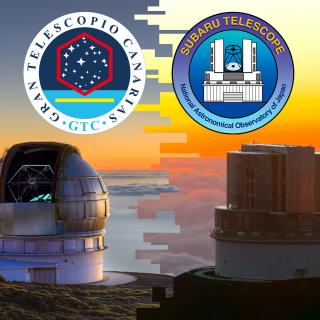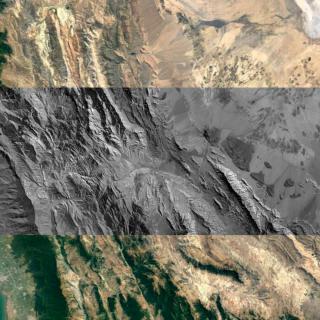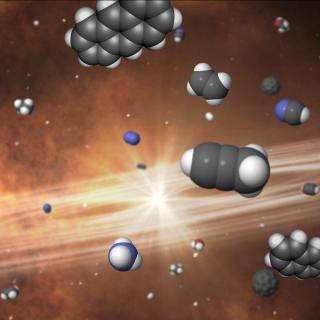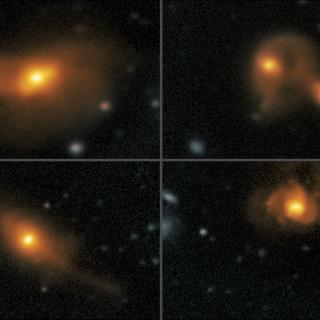
An international scientific team, including the researchers from the Instituto de Astrofísica de Canarias (IAC) Cristina Ramos Almeida, Patricia Bessiere and Giovanna Speranza, has discovered that quasars, some of the brightest and most powerful objects in the Universe, are mainly ignited by mergers between galaxies. The finding sheds new light, after years of controversy, on what causes the emission of large amounts of energy in the most powerful active nuclei. The research has used observations from the Isaac Newton Telescope (INT) and the William Herschel Telescope (WHT) at the Roque de
Advertised on
